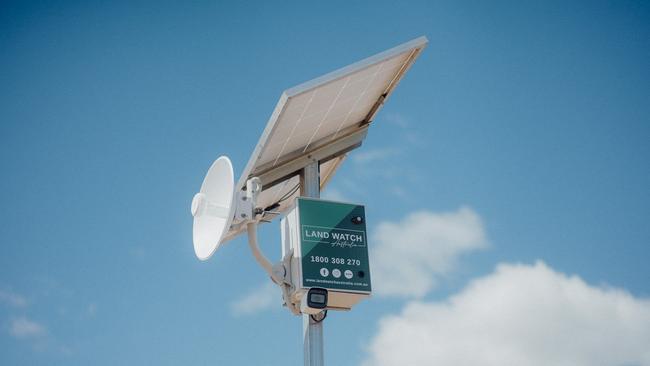Rural Australians fume over connectivity disparity
As a government committee unveils its report on the state of regional phone and digital connectivity, the peak farming body says frustration has reached ‘boiling point’.

Frustration over poor mobile phone coverage in rural Australia has reached “boiling point” as telecommunications connectivity outside the capital cities struggles to keep up with the pace of the increasingly online world.
The issues were exacerbated by the recent shutdown of 3G services that had been the only outside line for some people living in rural areas, with the federal government’s Independent Telecommunications Review Committee finding clear and “significant disparities” in connectivity, particularly in more remote locations and Indigenous communities.
The travelling inquiry heard that while broadband access had improved, essential mobile phone services in many country towns were inadequate.
People living in rural and remote communities vented their frustration with the government in record numbers during its latest three-yearly review, with the number of submissions increasing fourfold on the 2021 review.
National Farmers Federation president David Jochinke said the government needed to urgently improve connectivity. “Frustration over rural connectivity is at boiling point, and the fourfold increase in engagement in the 2024 review proves that,” he said.
“Systemic frustration with connectivity in rural areas has blown up following the 3G network shutdown.
“It’s the perfect storm for farmers at the moment – navigating mobile black spots, changes to service quality and the loss of some coverage which wasn’t guaranteed post-3G shutdown while managing harvest logistics and bushfire season.”
In its report to the government, the committee noted that telecommunications drive the economic and social wellbeing of communities and enabled participation in the digital economy, yet it “found that while many regional centres now enjoy urban-level connectivity, smaller and more remote communities still face ongoing struggles with service quality, reliability and affordability,” the report said.
Sharon Single, a spokeswoman for community group Better Internet for Rural, Regional and Remote Australia, said even some bigger regional centres had poor connectivity because of congested and outdated networks.
“If for whatever reason you cannot connect to data in this day and age in your town or home, you’re going to be cut off from basic society,” Ms Single said.
“We live so much of our lives digitally that it is just expected.
“From government services to checking electricity prices, to filling out a medical form, it is expected that you can do it online.”
The committee made 14 recommendations, including that the government modernise the longstanding universal service obligation, which guarantees access to basic telephone services, to reflect the digitalisation of communications, namely through the availability of voice-capable broadband services to all.
Existing mobile networks in some regional areas are already facing congestion and capacity issues that require “urgent attention to ensure reliable service”.
To fill gaps in the network, the committee suggested that because of sparse populations and the high cost of infrastructure maintenance, telecommunications providers should consider the use of low earth orbit satellites and direct-to-handset mobile services to increase coverage.
It also recommended the government work to improve the “connectivity literacy” in regional, rural and remote Australia to give customers a better understanding of the services available to them.
Committee chair Alannah MacTiernan said the overwhelming response to the review highlighted the critical role of telecommunications in the lives of regional, rural, and remote communities. “We have recommended ways to improve mobile experiences, recognising that mobile connection is the primary means of voice and digital communication for many regional Australians,” she said.
“Strengthening consumer protections and telco accountability has also been a central theme, as has building network resilience, accelerating planning processes and improved data for government and consumers.”
Communications Minister Michelle Rowland said the government would consider the report’s findings and recommendations before responding.
“Every Australian deserves access to fast, reliable, affordable connectivity and telecommunication services regardless of where they live,” she said. “The Albanese government is bridging the digital divide through our $1.1bn Better Connectivity Plan for Regional and Rural Australia, but we know more can be done.”




To join the conversation, please log in. Don't have an account? Register
Join the conversation, you are commenting as Logout